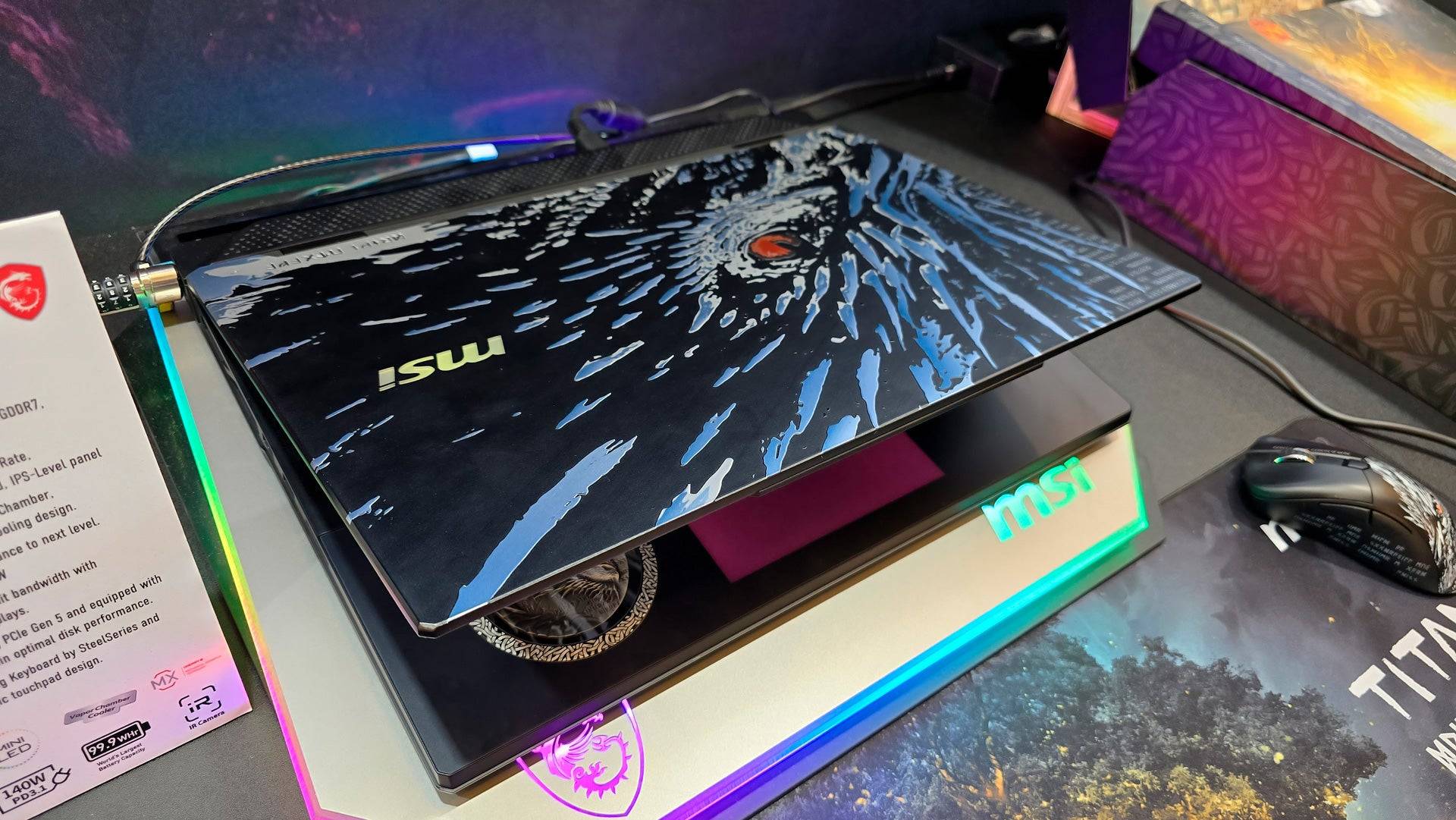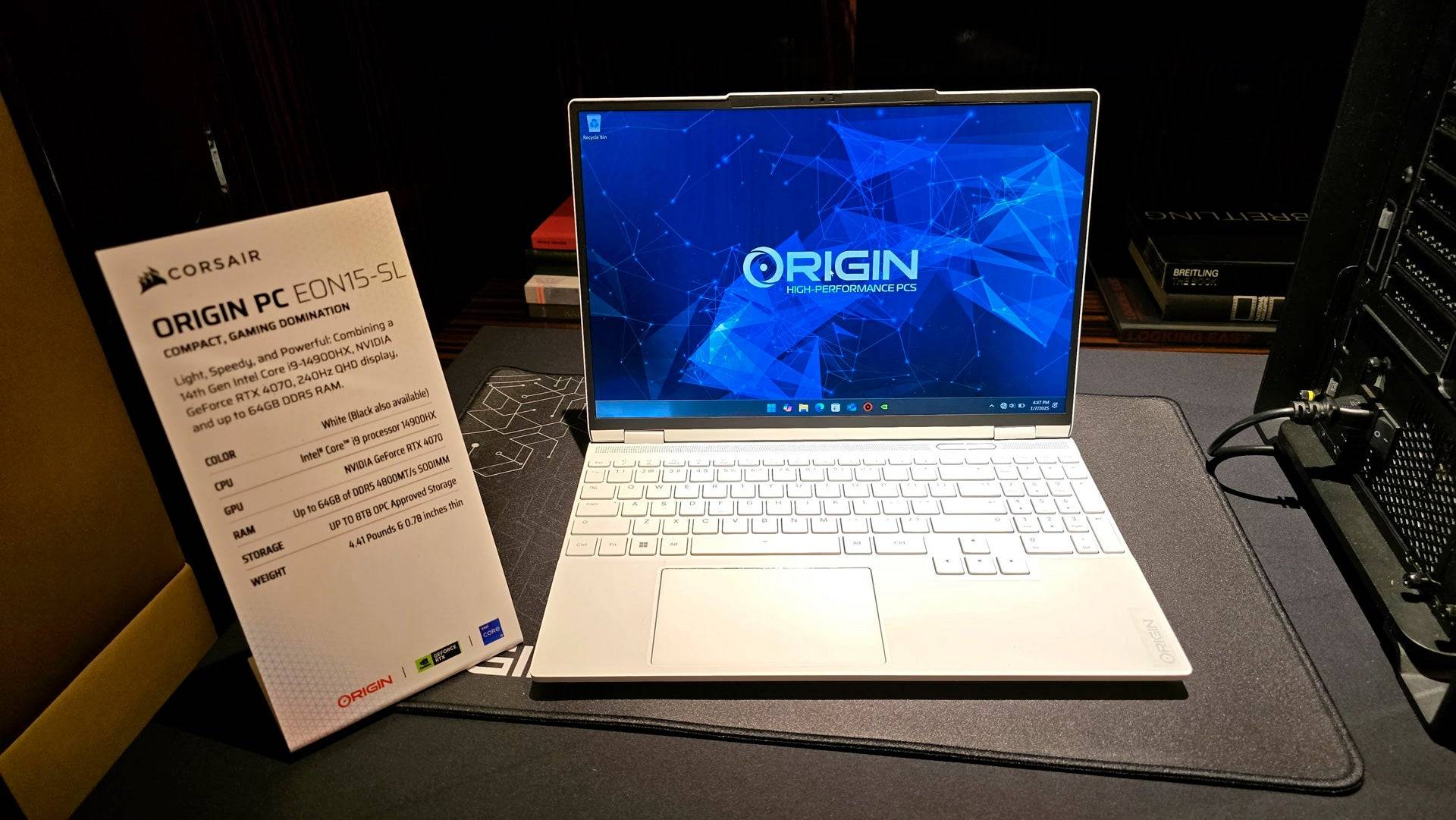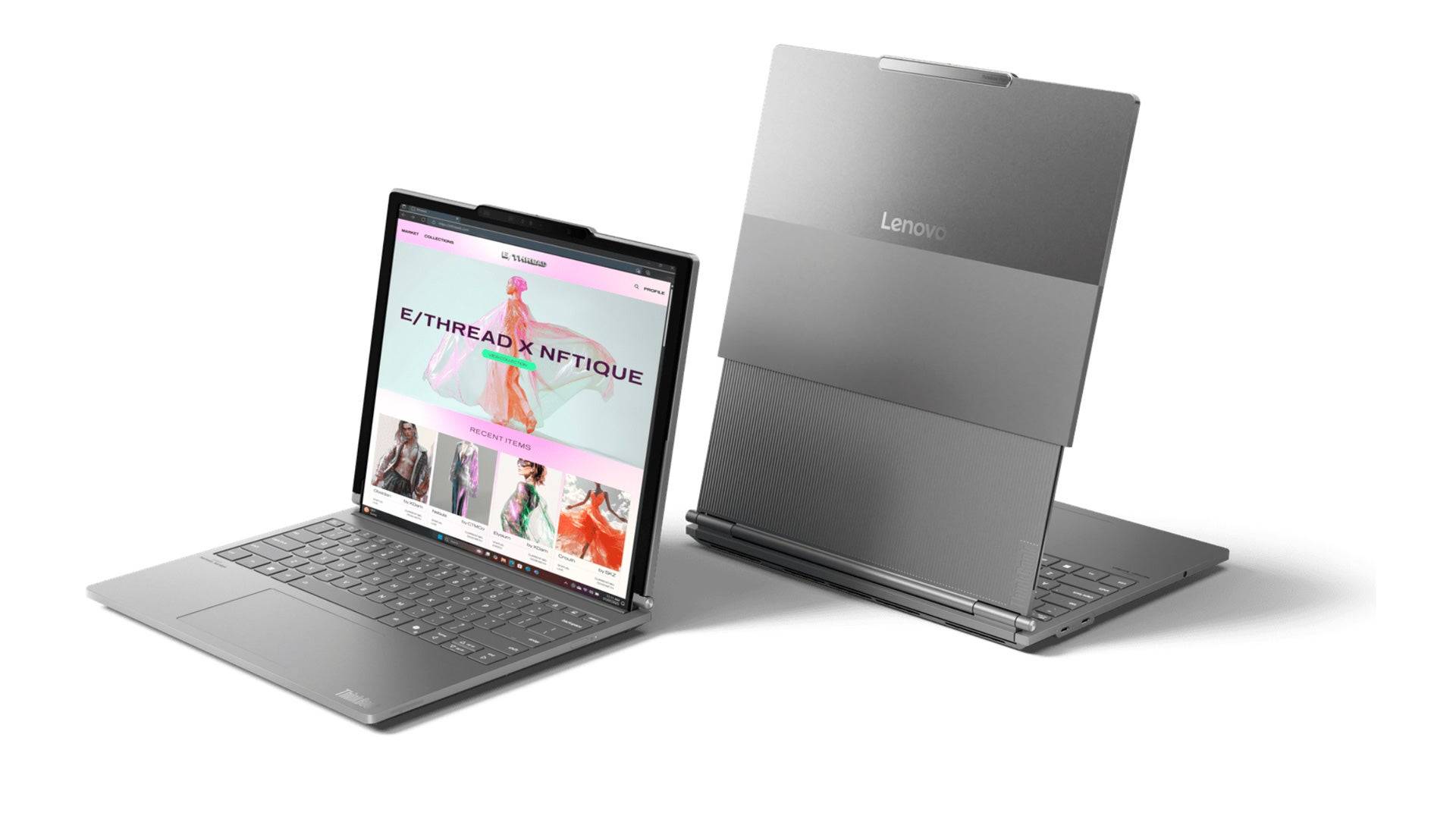CES 2024 showcased a plethora of gaming laptops, revealing key trends shaping the market. This year's offerings demonstrate a significant evolution in design, integration of AI, display technology, and the continued rise of ultrabook-style gaming machines.
Design Diversity: A Spectrum of Styles
While gaming laptops have always offered diverse aesthetics, this year's selection felt particularly expansive. Manufacturers like Gigabyte and MSI are blurring the lines between productivity and gaming, pushing for designs that offer more than just raw power. This translates to a wider range of options, from sleek, professional-looking laptops like the Gigabyte Aero series, to machines like the MSI Titan 18 HX AI Dragonforged Edition, which boldly showcase their gaming capabilities through striking graphics.
 RGB lighting remains a prominent feature, with innovative implementations like wrap-around rings and AniME Dot Matrix LED displays (seen on the Asus ROG Strix Scar series), offering customizable text and animations. Expect a continued evolution of existing designs alongside novel approaches to form factors.
RGB lighting remains a prominent feature, with innovative implementations like wrap-around rings and AniME Dot Matrix LED displays (seen on the Asus ROG Strix Scar series), offering customizable text and animations. Expect a continued evolution of existing designs alongside novel approaches to form factors.

AI Integration: A Work in Progress
AI assistance is becoming a key selling point, but its practical application remains to be seen. Several vendors demonstrated AI assistants capable of automatically adjusting performance settings based on the game being played. While convenient in concept, the actual speed improvement over manual adjustments needs further evaluation. The offline functionality and overall capabilities of these systems require more scrutiny before a definitive assessment can be made.
Display Innovations: Mini-LED and Beyond
Mini-LED technology is finally gaining traction, with Asus, MSI, and Gigabyte showcasing high-end models featuring over 1,100 local dimming zones for enhanced contrast and brightness. While OLED still holds an edge in contrast, Mini-LED's superior sustained brightness and lack of burn-in risk make it a compelling alternative.
Beyond Mini-LED, novelties like the returning ASUS ROG Flow X13 with its USB4 eGPU support (compatible with up to an RTX 5090) and the Lenovo ThinkBook Plus Gen 6 Rollable with its innovative rollable OLED display, highlight the industry's push for innovation. The rollable display, while currently somewhat awkward and potentially less durable, represents a significant step forward in laptop design.

Ultrabooks: Gaming's New Mainstream
Ultrabook-style gaming laptops are gaining significant momentum. Major manufacturers are adopting this thin, light, and aesthetically minimalist design, offering powerful performance without sacrificing portability. Machines like the revised Gigabyte Aero series exemplify this trend. These devices are particularly appealing for users who don't require maximum settings on the latest games, offering a balance of gaming and productivity in a highly portable package. The capability to add dedicated graphics cards (as demonstrated by the Asus TUF Gaming A14) further enhances their versatility.
 Furthermore, advancements in integrated graphics from AMD and Intel, coupled with upscaling technologies like AMD FidelityFX Super Resolution and Intel XeSS, are making integrated graphics increasingly viable for gaming. Cloud gaming services like Xbox Cloud Gaming and Nvidia GeForce Now also provide compelling alternatives, reducing the need for high-end dedicated graphics in many scenarios.
Furthermore, advancements in integrated graphics from AMD and Intel, coupled with upscaling technologies like AMD FidelityFX Super Resolution and Intel XeSS, are making integrated graphics increasingly viable for gaming. Cloud gaming services like Xbox Cloud Gaming and Nvidia GeForce Now also provide compelling alternatives, reducing the need for high-end dedicated graphics in many scenarios.
The gaming laptop landscape is evolving rapidly. The trends highlighted at CES 2024 point towards a future of increasingly diverse, powerful, and versatile machines.















